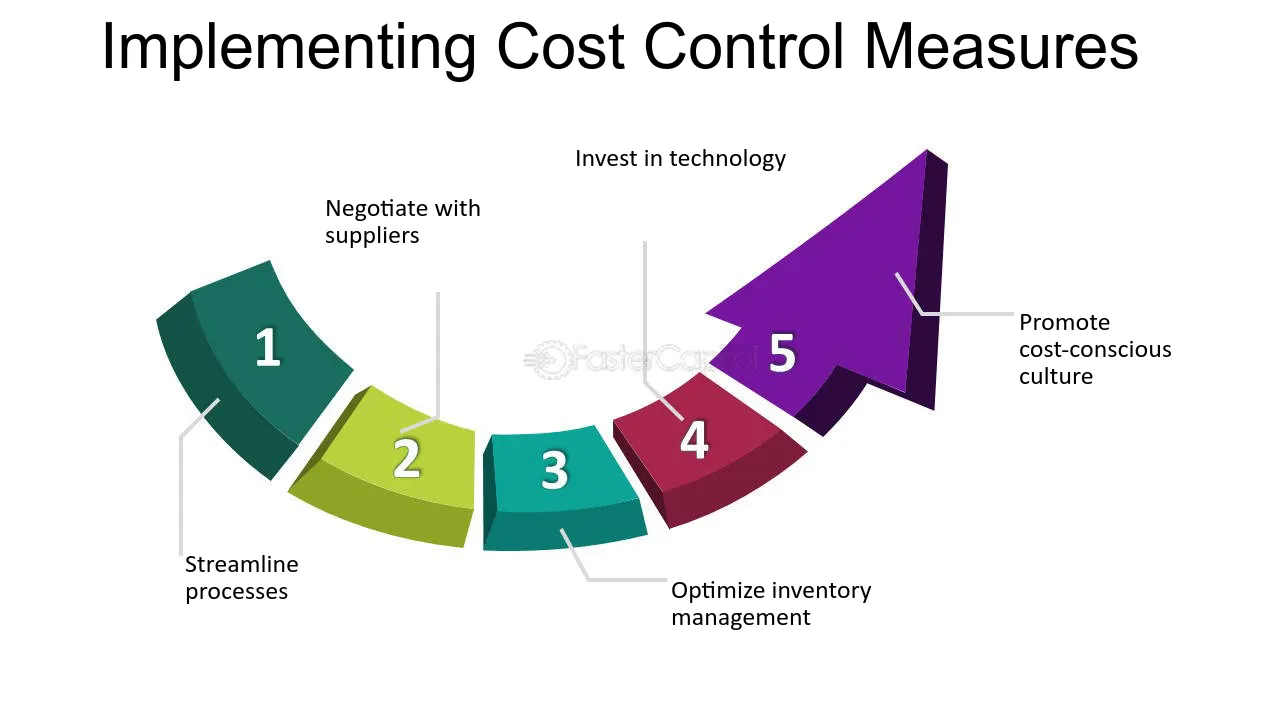Google Ads Tip #5 – Google Ads Metrics – The Good News & The Bad News
In the dynamic world of digital marketing, understanding and leveraging Google Ads metrics is crucial for any advertiser. Whether you are a seasoned marketer or just starting out, knowing the good news and the bad news about your Google Ads performance can make all the difference. This article delves into key metrics, their impact on your campaigns, and how to optimize your advertising strategy for maximum results. Relevant LSI keywords such as “ad performance,” “ROI,” “conversion rate,” “cost per click,” and “campaign optimization” are woven throughout this discussion.
Understanding Google Ads Metrics
Google Ads metrics provide insights into the effectiveness of your campaigns. They include important indicators such as click-through rate (CTR), cost per click (CPC), conversion rate, quality score, and overall return on investment (ROI). These metrics help you understand not only how many people see and click your ads, but also how many of those clicks lead to valuable actions.
For more detailed analysis and industry insights, check out our blog and visit our main website at Google Ads Secrets.
The Good News: Positive Metrics That Boost Your Campaigns
One of the key advantages of using Google Ads is the access to detailed performance metrics. Here are some of the good news aspects:
- High Conversion Rates: When your ads are well-targeted and relevant, you can see a significant increase in conversions.
- Improved ROI: With the right adjustments, even a small improvement in your quality score can lower CPC and boost ROI.
- Enhanced Audience Insights: Google Ads metrics provide a wealth of data on audience behavior, enabling you to fine-tune your targeting strategy.
This positive data encourages advertisers to continuously optimize their campaigns. For example, a high quality score can result in better ad placements and lower costs, ultimately maximizing your marketing ROI.
The Bad News: Challenges Revealed by the Metrics
However, not all metrics tell a positive story. There are challenges that every marketer must address:
- Fluctuating CPC: High competition in certain keywords can lead to unpredictable CPC changes, impacting your budget.
- Low Conversion Rates: Even with a high volume of clicks, low conversion rates can diminish your ROI.
- Wasted Ad Spend: Inefficient keyword targeting or poorly optimized ads may result in wasted budget and underperforming campaigns.
Understanding these downsides is the first step toward overcoming them. Continuous monitoring and adjustments are key to mitigating these issues and ensuring your campaigns remain effective.
Visualizing Metrics with Key Visual Assets
Visual aids can help you quickly grasp complex metrics and identify trends. Below are several images that illustrate critical aspects of Google Ads metrics.

Optimizing Your Campaigns with Data-Driven Decisions
Utilizing Google Ads metrics effectively allows you to make informed decisions that optimize your campaigns. By analyzing both the good news and the bad news, you can:
- Refine your targeting to attract high-quality traffic.
- Adjust bids to balance ad spend with conversion value.
- Experiment with ad creatives and landing pages to improve conversion rates.
- Monitor performance consistently to quickly identify and address issues.
Integrating external resources, such as expert insights from Moz and Neil Patel, can also help enhance your understanding of market trends and bidding strategies. Additionally, industry publications like Search Engine Journal provide valuable data that complements your internal analytics.
Conclusion
Google Ads metrics reveal both the strengths and challenges of your advertising campaigns. While positive indicators such as high conversion rates and improved ROI provide great news for marketers, issues like fluctuating CPC and low conversion rates serve as critical reminders to continually optimize your strategy. By leveraging both internal data and external expertise, you can refine your campaign performance and achieve better outcomes. Remember, the key to success lies in continuous testing, analysis, and adjustment of your bidding strategies.
Frequently Asked Questions (FAQ)
1. What are the most important Google Ads metrics to monitor?
Key metrics include click-through rate (CTR), cost per click (CPC), conversion rate, quality score, and return on investment (ROI). Monitoring these helps in assessing both ad performance and overall campaign efficiency.
2. How can I improve my ROI using Google Ads metrics?
By closely tracking conversion value, adjusting bids, and refining targeting strategies, you can lower your CPC and boost conversion rates. Utilizing tools such as the Google Ads dashboard along with insights from platforms like Moz and Neil Patel can further optimize your strategy.
3. What should I do if my campaigns show low conversion rates?
Review your ad copy, landing pages, and targeting settings. Testing different variations and analyzing metrics such as quality score and cost per conversion can help identify areas for improvement.
4. Are there any external resources that can help with understanding Google Ads metrics?
Yes, external resources like Moz, Neil Patel, and Search Engine Journal provide expert advice and data analysis to help you enhance your Google Ads performance.
5. How often should I review my Google Ads metrics?
Regular monitoring is essential. It is recommended to review your metrics at least weekly, and more frequently if you are running high-budget campaigns or testing new strategies.



